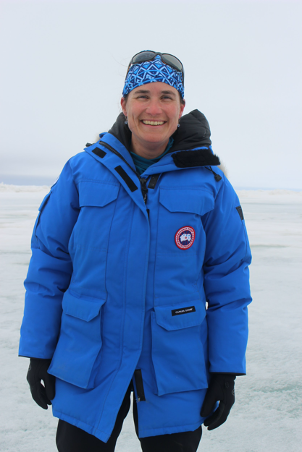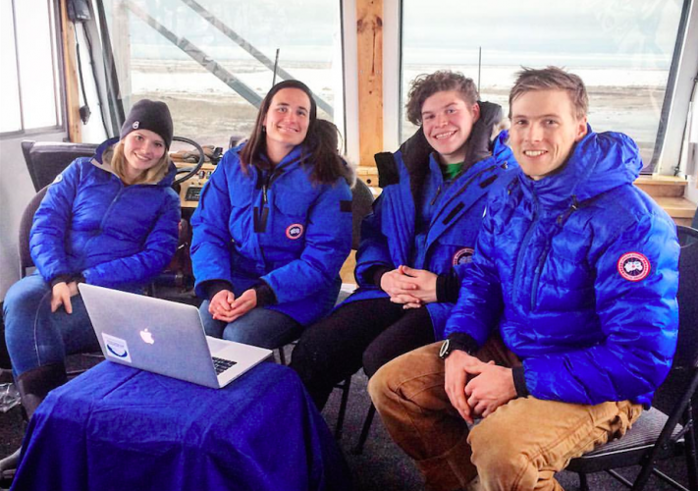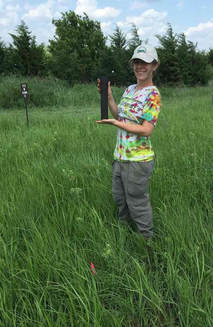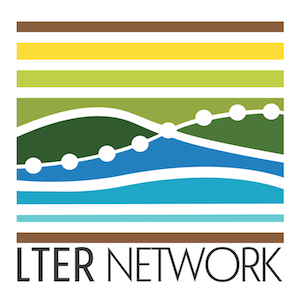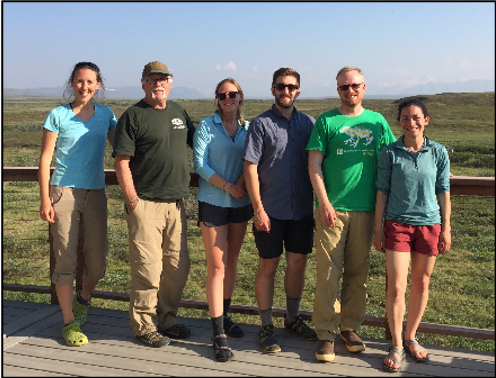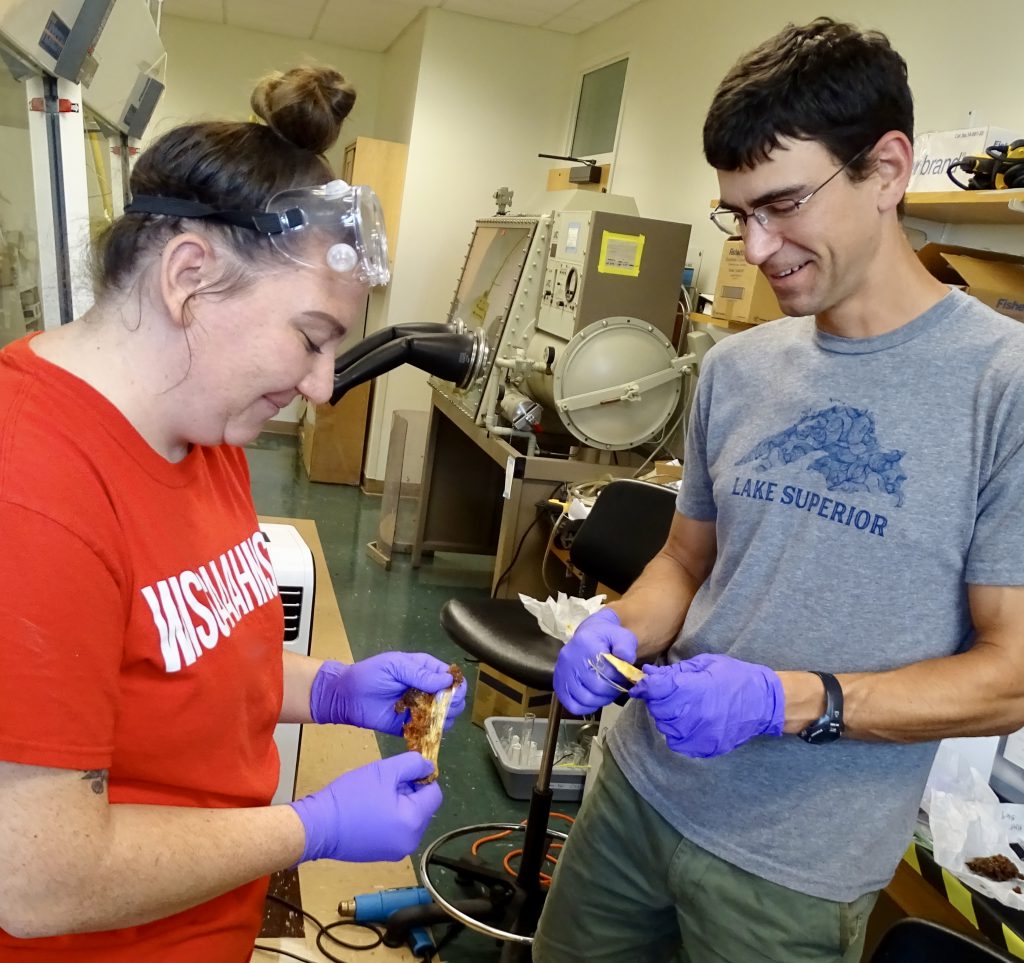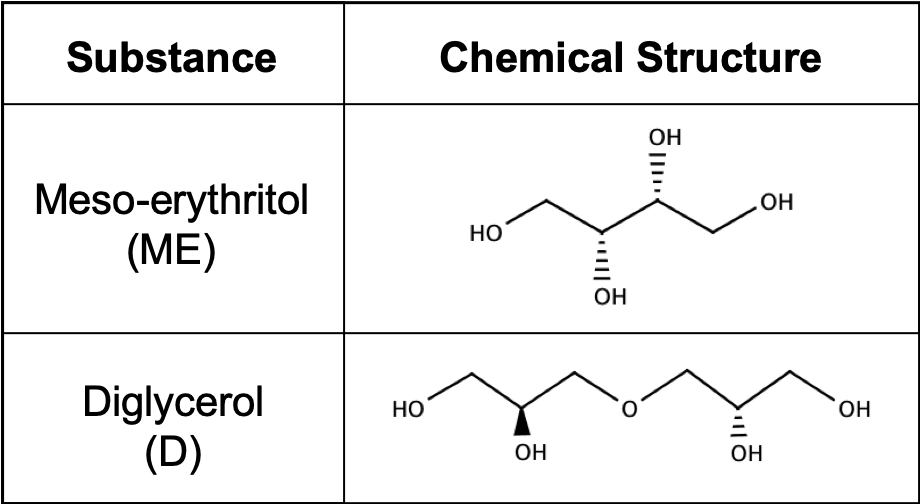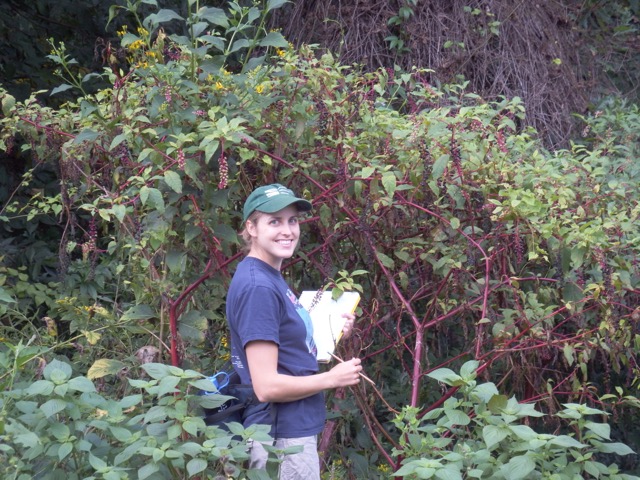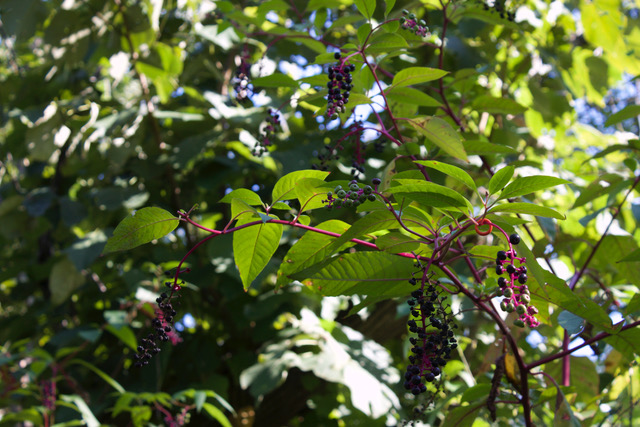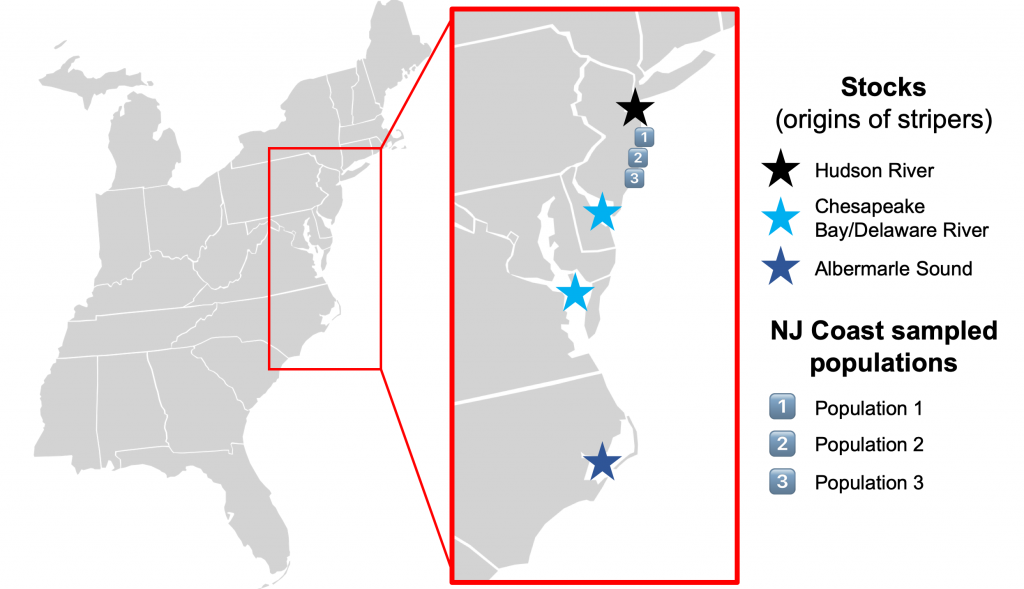
The activities are as follows:
- Teacher Guide
- Student activity, Graph Type A, Level 4
- Student activity, Graph Type B, Level 4
- Student activity, Graph Type C, Level 4
- Supplemental PowerPoint
- Grading Rubric
- ForC database information
Photosynthesis is the process by which trees and other plants trap the sun’s energy within the molecular bonds of glucose (C6H12O6), a type of sugar. During photosynthesis, oxygen (O2) is released as a byproduct. For this reason, trees are often portrayed as the lungs of the planet “breathing out” oxygen.
Oxygen is then used by living things for cellular respiration. Your cells use oxygen to free the energy stored within glucose. That is why you, and most living things, need oxygen to survive.
But there’s another aspect of photosynthesis that’s just as important as the release of oxygen. Look at a tree or other plant out your window – how did it get so big? The answer is in the equation for photosynthesis. Carbon dioxide (CO2) and water (H2O) provide the carbon, hydrogen, and oxygen needed to build glucose. Trees use glucose as both an energy source and construction material. As they grow, they arrange glucose in long, winding structures. Some of this carbon becomes part of the plant for as long as they live. This means that the carbon that builds plants comes from the air! This process of pulling carbon out of the atmosphere and holding on to it for long periods of time is known as carbon sequestration or carbon accumulation. It’s what the trees do when they use photosynthesis to “breathe in.”
These processes caught Kristina’s interest. She wanted to know more about how carbon accumulation differed across the globe. So, in 2006, she and a small team of scientists created a database using information from 91 studies on carbon in trees.
In the meantime, Susan was working at the Nature Conservancy and getting tons of questions from people who wanted to plant new forests to help fight climate change. People wanted to know what kinds of forests to plant, and how much carbon they might be able to accumulate. Susan, like Kristina, knew that carbon accumulation differed across the globe and wanted to give people the right numbers for the right places. She started gathering carbon data by sifting through thousands of scientific papers. In the process, she found Kristina’s work. One day, Susan called Kristina to chat.
Kristina and Susan decided they needed to work together to learn more about how carbon accumulation rates differ across various types of forests found around the world. So, they set out to build on previous research and get more accurate measurements. Instead of doing their own new study, they needed to gather data from thousands of existing studies in locations from all over the earth. So that’s exactly what they did. Kristina and Susan, along with an international team of researchers, began their work creating ForC, the Global Forest Carbon Database.
ForC is an open-access database containing over 40,000 records from more than 10,000 plots in over 1,500 geographic areas. All of the data come from published research by scientists and include studies from every forested climate zone. It is a living database that is always being updated as scientists publish their work, making it the most complete source of forest carbon data in the world! It was exactly what Kristina and Susan needed.
Kristina and Susan used ForC to investigate global carbon capture by young regrowing forests. Based on their previous research, they thought that, since tropical forests regrow fastest due to a year-round warm and wet climate, they would have the highest rate of carbon accumulation. In order to study carbon accumulation, they selected 13,112 measurements from young, regrowing (<30 years old) forests around the world. They grouped measurements by forest type, averaged them, and compared their data. With these values, they could inform policy decisions and prioritize forest regrowth in parts of the world that would have the highest impact. Review the table below for information on the six main forest types that Kristina and Susan studied.
Featured scientists: Kristina J. Anderson-Teixeira, Smithsonian Conservation Biology Institute & Susan C. Cook-Patton, The Nature Conservancy. Written by Ryan Helcoski.
Flesch–Kincaid Reading Grade Level = 9.1
Additional classroom resources for this Data Nugget:
If you would like to explore the ForC database in your classroom, students can view the shiny app. Anyone that feels even more ambitious can see the raw data.
Here are two scientific articles related to this activity:
Cook-Patton, SC, Leavitt, SM, Gibbs, D. et al. 2020. Mapping carbon accumulation potential from global natural forest regrowth. Nature 585, 545–550.
Anderson KJ, Allen AP, Gillooly JF, Brown JH. 2006. Temperature-dependence of biomass accumulation rates during secondary succession. Ecology Letters Jun: 9(6):673-82.
